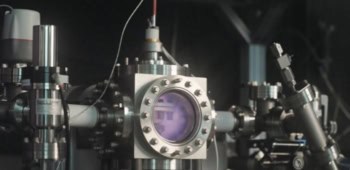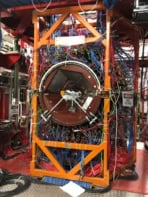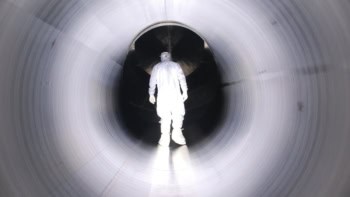
A site near Rome has beaten eight other locations in Italy to host the €500m Divertor Tokamak Test Facility (DTT). ENEA, Italy’s energy and technology agency, announced yesterday that its research centre in Frascati will host the facility with construction set to start in November. The DTT will take seven years to complete.
A fusion tokamak contains a plasma of hydrogen isotopes heated to hundreds of millions of degrees and made to fuse, generating energy. The isotopes are held in place by magnetic fields, but if they drifted to the walls of the reactor they would damage it. The magnetic fields in a reactor are therefore shaped in such a way that the plasma leaks are channelled to a divertor at the foot of a reactor chamber that dissipates the heat.
Today it is Italy that wins because it invests in knowledge and sustainable energy
ENEA president Federico Testa
The divertor at the €20bn ITER fusion reactor, which is currently being built in Cadarache, France, is made from tungsten tiles. However, this material is unlikely to be adequate for an actual demonstration fusion power plant that would feed electricity to the grid continuously. The DTT, being 10 m high and with a 5 m radius, will therefore investigate alternatives types of divertor that could suit a future reactor. The machine will use superconducting magnets to contain a plasma and would have space around the edges of its plasma chamber to incorporate divertors of different shapes to spread the heat load over a larger area. It could also test divertors made of more resistant materials, such as liquid lithium.
Scientific prospects
The nine sites around Italy, which also included Brindisi and Pescara, were evaluated based on their economic, environmental and technical benefits, with Frascati coming out on top. “Today it is Italy that wins,” says ENEA president Federico Testa. “Because it invests in knowledge and sustainable energy with a project that guarantees positive scientific and employment prospects for everyone and, in particular, for young people.”

Hot fusion
The ENEA notes that around 1500 people will be involved in building the DTT. The project is funded by €60m from Eurofusion, a consortium of European research organisations, while another €80m will come from the Italian government. The Lazio regional government will supply €25m while China will provide €30m and ENEA partners another €50m. The remaining €250m will come from the European Investment Bank via a loan.



